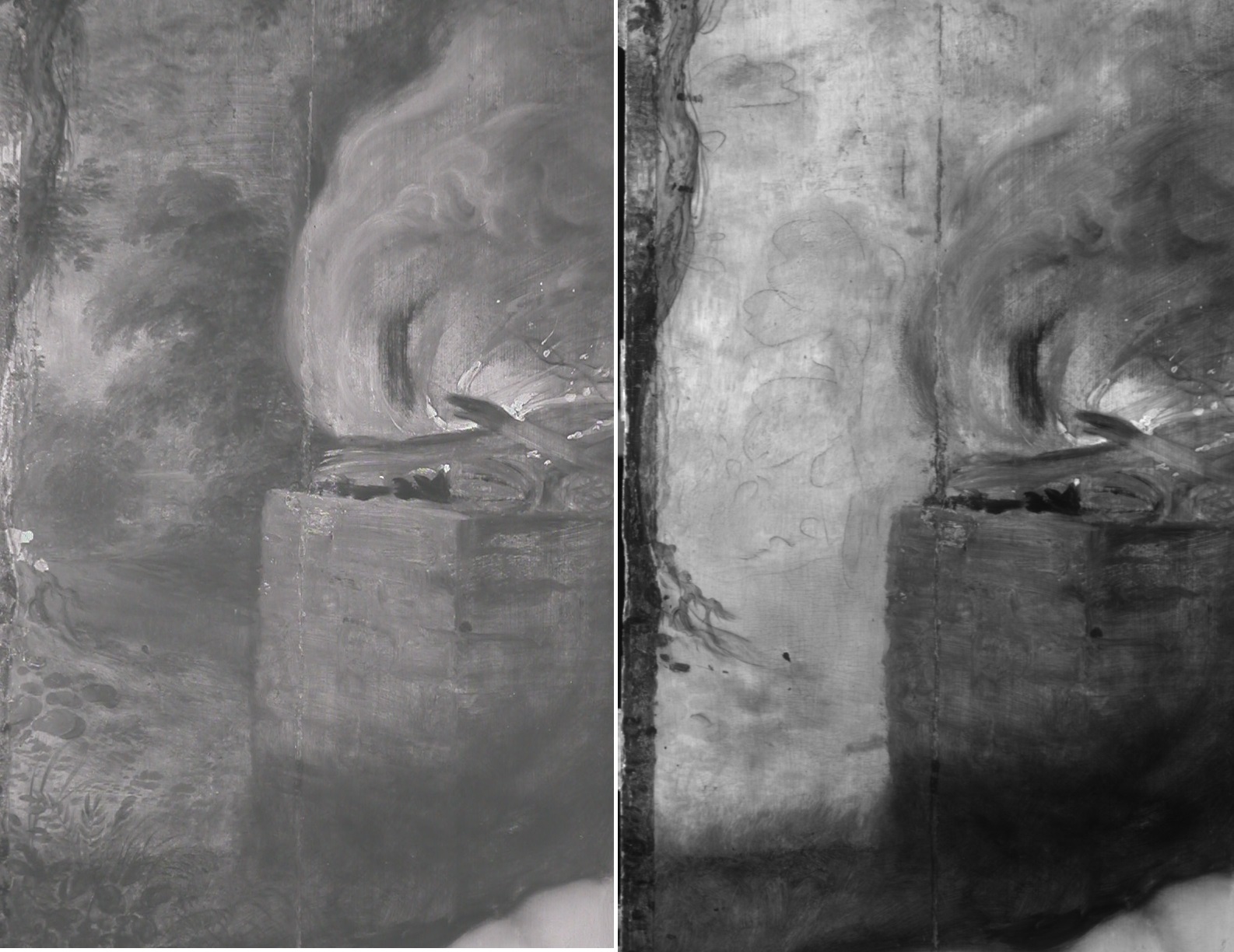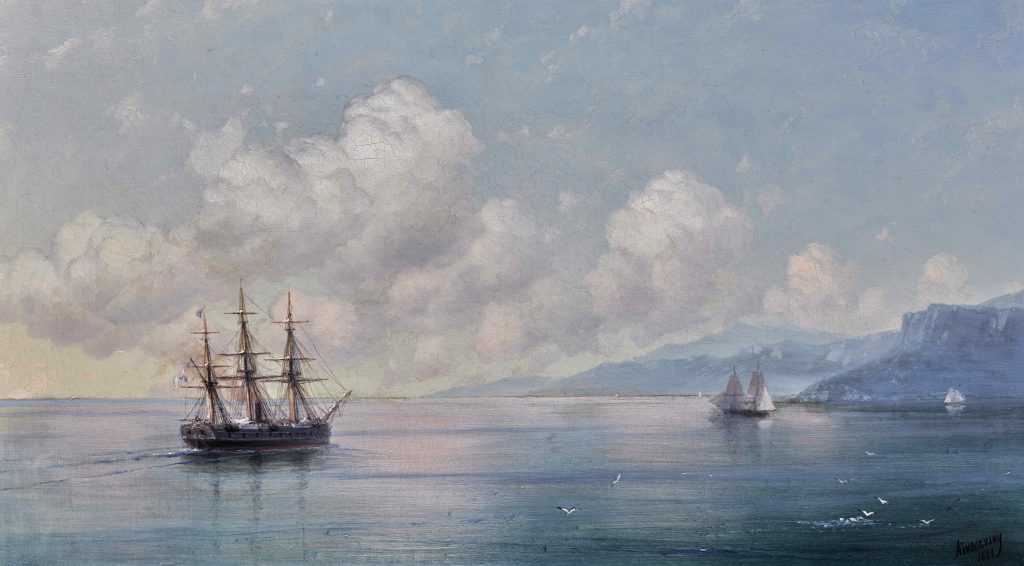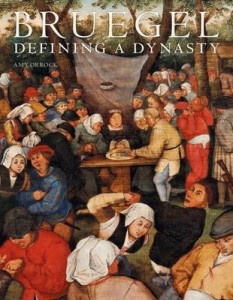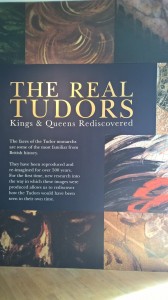Underdrawing on Rubens’ Cain Slaying Abel – A Case Study Highlighting the Different Penetration of Infrared Cameras
‘It’s widely understood that if we want to find underdrawings the infrared part of the spectrum is the place to go. But not all infrared detecting devices will reveal the same things. To help demystify the difference between infrared photography and infrared reflectography, Kate Stonor and Clare Richardson of Tager Stonor Richardson describe the discovery of some fascinating underdrawings in a Rubens painting.’ The Picture Restorer, Issue 43, Autumn 2013, pp17-19. http://www.thepicturerestorer.co.uk/
The article discusses some of the recent developments in the infrared examination of works of art and compares the relative penetration of digital photography and reflectography with the OSIRIS camera, used by Tager Stonor Richardson. The difference in operation wavelength between these two techniques, photography and reflectography, was clearly illustrated by a recent technical examination of the Courtauld Gallery’s Cain Slaying Abel (1608-09). Though a relatively early work, Rubens’ virtuoso handling of the paint led us to assume that no traditional underdrawing had been used. This was supported by the first infrared image captured using an adapted digital camera. However, something very unexpected was revealed by the infrared image captured using the OSIRIS system: there was a distinct, carbon-based underdrawing beneath the trees at the left. The foliage in this area uses azurite pigment mixed with lead tin yellow, some lead white and earths to create the green tones. Azurite and malachite pigments are relatively absorbing of infrared and therefore much more difficult to penetrate. In order to ‘see through’ these paint layers it was necessary to go further into the infrared region, beyond 1µm. This has some significant implications for the authorship of this part of the composition. The article describes the documentary evidence for Rubens’ use of studio assistants and specialists, including high status artists such as Frans Synders, and hypothesises that the underdrawing in the foliage might indicate the very early use of a landscape specialist – something that would have been missed if the painting had only been examined with infrared photography!
For an overall IRR image of the painting please go to our gallery: http://www.tsrimaging.com/gallery-15/

Digital IR photograph (left) taken with Nikon Coolpix E995 compared with IR Reflectogram (right) made with the OSIRIS camera (copyright TSR/OPUS Instruments). Both images of P.1978.PG.353 Cain Slaying Abel by Peter Paul Rubens, © the Samuel Courtauld Trust, The Courtauld Gallery, London





